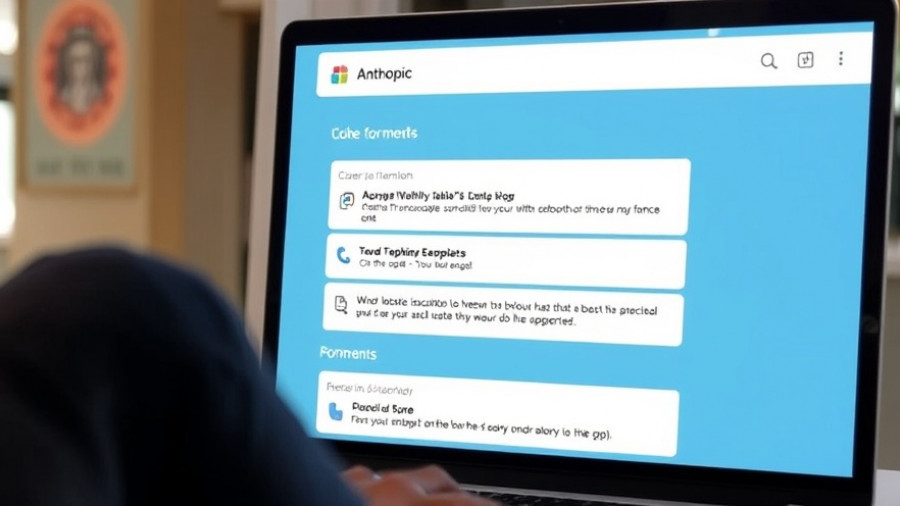
Revolutionizing Coding: The Claude Code 2.0 Advantage
Imagine a world where your coding tools think ahead for you, ensuring that every complex task is tackled with finesse. This is the promise laid out by Claude Code 2.0, a cutting-edge AI coding agent that not only assists in software development but thrives as an active collaborator. With Claude Sonnet 4.5 powering its advanced reasoning capabilities, developers can anticipate profound changes in how we approach programming.
Advanced AI at the Core: Claude Sonnet 4.5
Claude Sonnet 4.5 sits at the heart of Claude Code 2.0, and it’s no ordinary AI model. Scoring 82% on Swaybench, it demonstrates exceptional mathematical accuracy and computational performance, making it perfect for complex coding tasks. This AI foundation allows developers to focus on innovation rather than getting bogged down in minutiae.
Feature-Rich Tools for Modern Coders
The Claude Code 2.0 offers a suite of features to transform your development environment. Key highlights include:
- Native VS Code Extension: This seamless integration allows users to access AI capabilities directly in their development environment, enhancing workflow.
- Inline Diff Visualization: Developers can gain real-time insight into changes made within their code, promoting clarity and precision.
- Enhanced Terminal Interface: This upgrade improves productivity by offering searchable history and better visibility during complex sessions.
- Checkpointing System: Restoring previous states of code becomes simple, allowing for iterative development without the usual hassles.
Transformative Capabilities That Suit Every Developer
With Claude Code 2.0, the possibilities expand across industries. Whether working on financial compliance or cybersecurity, the tools are tailored to meet real-world demands. Their versatility, particularly in automating intricate processes and managing compliance checks, equips developers to stay ahead in a rapidly changing landscape.
Unpacking the AI-Driven Automation Revolution
The release of Claude Code 2.0 signifies a shift not just for coding but for automation as a whole. With AI agents becoming increasingly capable of managing longer tasks, some spanning over 30 uninterrupted hours, the efficiency of work processes takes on a new level. The opportunity for developers to offload repetitive tasks to an AI ensures that human creativity can flourish without being stifled by mundane responsibilities.
Challenges Ahead: The Path to Optimization
Despite these advancements, the rollout of Claude Code 2.0 isn’t without challenges. Startups and large corporations alike face hurdles such as integration delays with legacy systems, outdated servers, and the need for comprehensive SDK documentation. Overcoming these obstacles is essential for fully leveraging the power of these tools.
Conclusion
In conclusion, Claude Code 2.0 marks a significant transformation in the coding arena. The blend of innovative features and substantial AI capabilities provides a solid foundation for developers looking to enhance their workflows and productivity. As the industry continues to adapt to these advances, Claude Code 2.0 stands out as a crucial asset for those willing to embrace change. To remain competitive and efficient, developers must consider integrating these AI solutions into their practices. By doing so, they not only streamline their tasks but redefine the future of software development itself.
 Add Row
Add Row  Add
Add 




Write A Comment